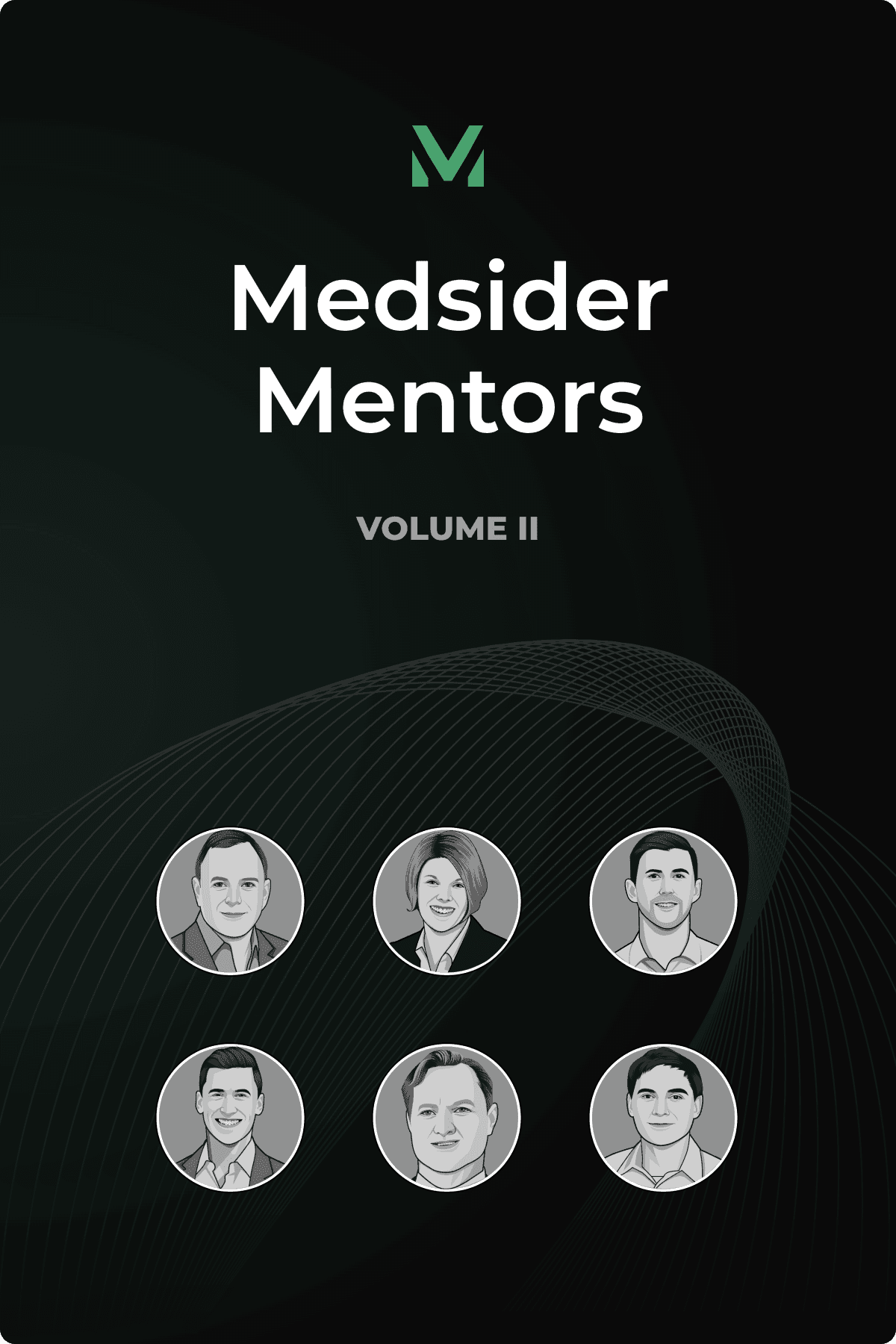De-Risking Your Way to a Successful Fundraise
Interview with WearLinq CEO Konrad Morzkowski

Key Learnings From Konrad’s Experience
Plan your fundraising efforts around achieving significant milestones, such as getting FDA clearance, that reduce risk, unlock new sets of investors, and increase your startup’s fundability.
Don’t try to understand everything on your own. Reach out, whether it’s to experts who have navigated similar paths, or to investors who have experience in your domain. Asking for help is a good trait, but be mindful when evaluating the advice you get.
It’s important to move through the product design phase swiftly – to demonstrate value to stakeholders and minimize your cash burn before getting to the next milestone. Utilize available resources, such as incubators, but don’t hesitate to use unconventional methods like recruiting trial subjects through Craigslist, as an example.
When Konrad Morzkowski applied to Stanford, his plan was to build AI applications for healthcare. But there was a different adventure in store for him by way of an introduction to a brilliant group of scientists that ultimately became the co-founders of his current company WearLinq which is building the platform that healthcare algorithms will eventually run on.
WearLinq develops EKG recorders, which are essential for diagnosing arrhythmia, a condition that can lead to stroke and heart failure. In this particular niche, there are already consumer solutions like the Apple Watch and Alivecor's Kardia that provide temporary EKGs. Then, there are continuous EKG recorders, like Holter monitors and patches. But they require a prescription, so they’re not readily accessible to consumers.
Konrad and his team have improved upon the legacy Holter monitor and filled the consumer-facing EKG wearable gaps in the market with their first product eWave, which is a wireless, multi-channel wearable that provides continuous monitoring.
eWave received FDA clearance at the end of 2022. Recently, WearLinq acquired AMI Cardiac, which is expected to boost patient access to the device. Currently, eWave is actively commercializing along with next-generation models in the pipeline.
You May Like These Articles
Medsider Premium
Become a premium member and unlock access to exclusive Medsider benefits.



